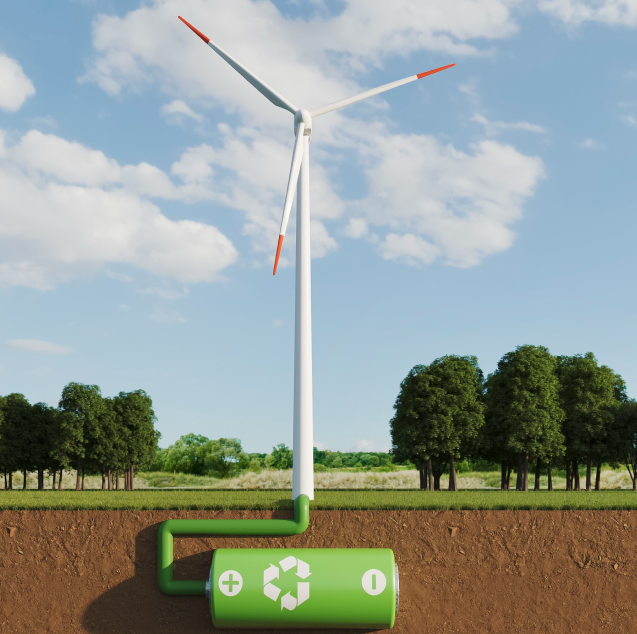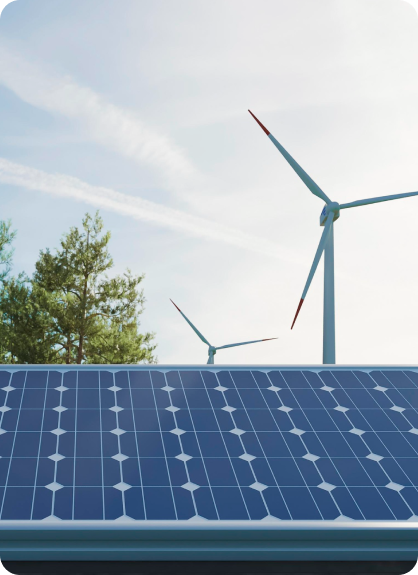India's energy landscape has undergone a remarkable transition, with the nation achieving an unprecedented ~50% of its installed electricity capacity from non-fossil fuel sources by July 2025 - five years ahead of its 2030 commitment under the Paris Agreement. As the world repositions itself towards sustainability, India's renewable sector has unleashed extraordinary growth opportunities, positioning the country as a global leader in clean energy adoption. Over the past decade, India has made transformational strides in diversifying its energy mix, substantially reducing dependence on conventional fossil fuels while maintaining its enhanced target from COP26 of 500 GW of non-fossil fuel-based energy by 2030.
India's installed non-fossil fuel capacity has witnessed an extraordinary rise from 81 GW before 2014 to 250 GW in September 2025, representing a three-fold increase that establishes India as the 4th largest globally in renewable energy installed capacity. Solar power has experienced a remarkable 42-fold surge in adoption, with installed capacity increasing from 2.82 GW in 2014 to 123.13 GW as of August 2025. The government's commitment to creating a sustainable world and scaling up solar capacity through initiatives like the International Solar Alliance reflects the country's potential to harness solar power in collaboration with more than 120 signatory countries.
In addition, 100% FDI has been allowed under the automatic route for renewable energy generation and distribution projects, with the sector receiving $23 billion in foreign investment from April 2020 to June 2025. India, at COP26 in November 2021, announced its target to achieve net zero by 2070, positioning the renewable energy sector as a catalyst for vast potential beyond creating a cleaner future. Wind energy capacity has increased 2.5 times from 21 GW in 2014 to 52.68 GW by August 2025, with India targeting expansion to 99.9 GW by 2029-30 across major wind energy-producing states including Andhra Pradesh, Gujarat, Karnataka, Maharashtra, and Rajasthan.
The government has launched several flagship initiatives, including 50 solar parks across multiple states with capacities of 500 MW or more, and the PM Surya Ghar: Muft Bijli Yojana targeting 1 crore rooftop solar installations. The Sustainable Alternative Towards Affordable Transportation (SATAT) initiative promotes Compressed Bio-Gas (CBG) production plants, while the Smart Cities Mission includes mandatory rooftop solar provisions and 10% renewable energy requirements for end-customers. India achieved a record 22 GW of renewable energy capacity addition in the first half of 2025 alone, marking the highest-ever six-month installation period.
The shift towards renewable energy represents a focal point for inclusive growth, with renewable energy generation rising from 190.96 BU in 2014-15 to 403 BU in 2024-25, creating unprecedented job opportunities and positioning India to lead global sustainable development.























